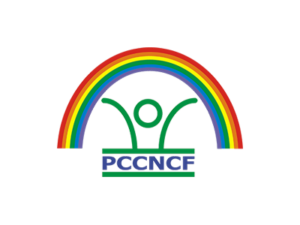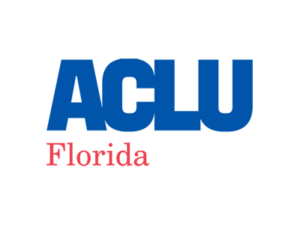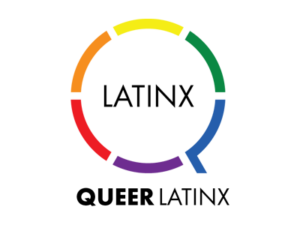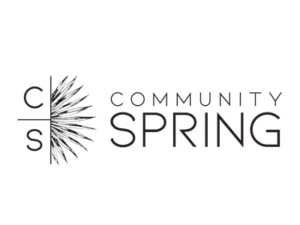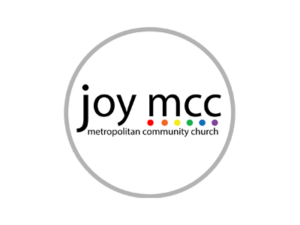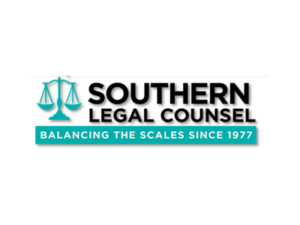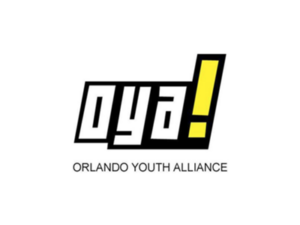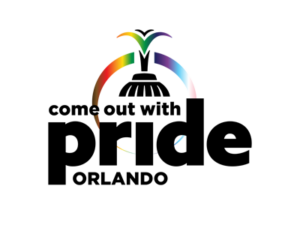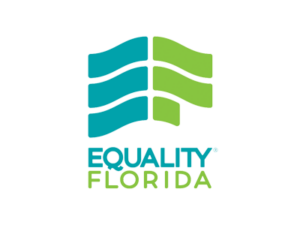September 30th marked the 37th anniversary of the enactment of the Hyde Amendment, the federal provision that bans Medicaid coverage for abortion-related healthcare. The Hyde Amendment has been one of the most devastating attacks on the ability for low-income families to access healthcare. Since the Amendment passed, people relying on Medicaid for health coverage have effectively been prevented from accessing crucially important abortion-related care. This tragic anniversary comes at the end of September, which is Abortion Access Month. This month, activists have been having difficult and affirming conversations about who exactly has access to abortion, and what access truly means.
Disturbingly, we have seen a narrative emerge that imagines the movement for access to abortion, contraception, and other reproductive justice issues is separate from (and sometimes, alarmingly, in opposition to) the movement for LGBTQ equality.
This could not be further from the truth. Not only is there a high level of representation of LGBTQ people in organizations that fight for reproductive justice, but LGBTQ people themselves are deeply and personally affected by reproductive issues like abortion restrictions, access to contraception, and comprehensive sex education. All LGBT-identified people who could become pregnant are at risk for an unintended pregnancy, and in fact studies have shown that lesbian young women in particular are two to ten times more likely to become pregnant than heterosexual youth. Moreover, lesbian and bisexual women are often at higher risk of sexual assault due in part to their sexual orientation, which may also result in an unplanned pregnancy. Attempting to fabricate a reality where the only people who care about access to abortion and contraception are non-transgender heterosexual women does not comport with what those of us working in the reproductive justice community already know: abortion access is an LGBTQ issue, and LGBTQ issues are reproductive justice issues.
We must understand this issue in terms of a broader social justice movement and the overlapping forms of marginalization that further victimize LGBTQ people attempting to access their full reproductive rights. A number of issues work together to increase the vulnerability of the LGBTQ community in this area. The Hyde Amendment’s bar on federal funding for abortion mainly affects—and was designed to affect—low-income people, including the high percentage of the LGBTQ community that is low-income and living below the poverty line. The failure of our educational system to provide comprehensive and inclusive sex education is part of what makes LGBTQ youth more susceptible to unintended pregnancies, potentially resulting from engaging in “camouflage” sex in order to avoid facing torment for their sexual orientation or gender identity. Due to a number of tragic factors, LGBTQ young people, particularly queer and transgender youth, are disproportionately homeless and housing insecure, and may engage in survival sex that may result in unplanned pregnancy and/or sexual assault. We cannot continue to talk about access to abortion as just a “woman’s issue” because this erases transgender, genderqueer, two-spirit, and agender individuals that may need access to abortion.
Abortion access is not just a woman’s issue. It’s a healthcare issue. It’s an economic justice issue. It’s an education issue. It’s a youth issue. It’s an LGBTQ issue.
It is our issue.
NCLR is proud to work on reproductive justice for LGBTQ people and families and to recognize the importance of the intersecting identities and needs of the LGBTQ community. We stand with reproductive justice organizations across the country fighting for access to abortion—which includes working to repeal the Hyde Amendment—and we are committed to ensuring an LGBTQ perspective on all reproductive justice issues is heard and incorporated into advocacy efforts.

